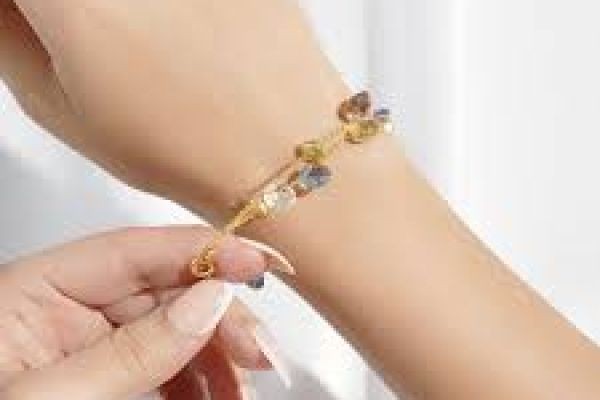The Demi-fine Jewelry Market has increasingly adopted sustainable materials and eco-friendly designs as consumers prioritize ethical, environmentally conscious purchases. Recycled metals, responsibly sourced gemstones, and low-impact production processes are becoming standard in mid-tier jewelry collections. Brands that integrate sustainability appeal to millennials and Gen Z buyers, enhance brand reputation, and differentiate themselves in a competitive market. This shift toward ethical practices drives growth and strengthens consumer trust worldwide.
Rising Consumer Awareness
Modern consumers, particularly millennials and Gen Z, are more aware of environmental and ethical concerns in jewelry production. They actively seek products that minimize ecological impact and support responsible sourcing. This awareness influences purchasing decisions, with buyers willing to pay a premium for sustainable, high-quality demi-fine jewelry. Brands incorporating eco-friendly materials benefit from increased engagement, loyalty, and positive brand perception.
Recycled and Responsible Metals
Recycled gold, silver, and other metals reduce environmental harm and lower dependency on newly mined resources. Using recycled metals aligns with sustainability goals and ensures traceability, appealing to environmentally conscious buyers. Many mid-tier brands now prioritize recycled materials in demi-fine collections, maintaining quality while demonstrating social responsibility.
Ethically Sourced Gemstones
Sourcing gemstones from certified ethical suppliers prevents exploitation and environmental degradation. Responsible gemstone sourcing includes conflict-free certification, fair labor practices, and minimal ecological impact. Consumers increasingly demand transparency regarding gemstone origins. Brands that highlight ethical sourcing practices build trust, reinforce authenticity, and strengthen competitive advantage in the global demi-fine jewelry market.
Eco-Friendly Production Processes
Brands are adopting low-impact production methods, including energy-efficient manufacturing, minimal chemical usage, and water conservation techniques. Sustainable packaging, such as recycled boxes and biodegradable materials, further enhances environmental responsibility. Incorporating eco-friendly production practices allows brands to reduce their carbon footprint, meet consumer expectations, and differentiate products in a crowded marketplace.
Design Innovation with Sustainability
Sustainable design innovations combine aesthetics with environmental responsibility. Lightweight, modular, and versatile pieces reduce material usage while appealing to modern buyers. Innovative techniques like laser cutting and 3D printing optimize efficiency and enable creative, eco-conscious designs. Sustainability-driven innovation strengthens brand identity and attracts consumers who value both style and ethics.
Marketing and Consumer Engagement
Brands leverage sustainability as a core marketing message, highlighting ethical sourcing, eco-friendly materials, and responsible production. Transparency in storytelling, certifications, and behind-the-scenes content engages consumers and builds loyalty. Social media campaigns, influencer collaborations, and educational content reinforce brand commitment to sustainability, increasing consumer confidence and purchase intent.
Impact on Global Market
Sustainability adoption has reshaped regional market dynamics. North America and Europe, with strong environmental awareness, show higher demand for eco-friendly demi-fine jewelry. Asia-Pacific and emerging markets are gradually embracing sustainable practices, influenced by digital campaigns and global fashion trends. Brands tailoring sustainability messaging to regional expectations gain stronger acceptance and competitive advantage.
Challenges in Sustainable Adoption
Despite growing interest, challenges include higher production costs, sourcing difficulties, and consumer price sensitivity. Brands must balance sustainability with affordability to remain competitive in the mid-tier market. Strategic sourcing, innovative materials, and efficient production techniques help manage costs while maintaining eco-friendly standards and appealing to conscious consumers.
Long-Term Brand Benefits
Adopting sustainable materials and eco-friendly designs enhances long-term brand equity. Consumers associate brands with responsibility, quality, and trustworthiness, promoting repeat purchases and loyalty. Sustainability initiatives create differentiation, strengthen market positioning, and attract socially conscious investors, ensuring continued relevance in the evolving demi-fine jewelry landscape.
Future Outlook
Sustainability and eco-friendly design adoption will remain a major growth driver in the demi-fine jewelry market. Brands investing in ethical sourcing, environmentally responsible production, and innovative designs are likely to capture consumer trust, expand global reach, and achieve sustainable revenue growth. The focus on sustainability will continue shaping consumer preferences and industry standards worldwide.

